Knapweed (Filipendula ulmaria) 1g, ~1800 seeds
875 Ft
Features:
- other names: baynose, wine flower, goat's bane, stonecrop, St John's bread, elm-leaved fescue, fairy grass, crow's-nut
- Latin name: Filipendula ulmaria
- family: Rosaceae
- life cycle: perennial
- flowering period: june-august
- size: 120-150 cm
- soil: average, moist
- growing area: sunny, semi-shaded
- other: beekeeping, herbal, fragrant
- seeds origin: Hungary
- pollination factor: 10/10
1 packet 1 g - contains about 1800 seeds.
For betting suggestions and more details, scroll down.
In stock
Description
Features:
- other names: baynose, wine flower, goat's bane, stonecrop, St John's bread, elm-leaved fescue, fairy grass, crow's-nut
- Latin name: Filipendula ulmaria
- family: Rosaceae
- life cycle: perennial
- flowering period: june-august
- size: 120-150 cm
- soil: average, moist
- growing area: sunny, semi-shaded
- other: beekeeping, herbal, fragrant
- seeds origin: Hungary
- pollination factor: 10/10
Sow the seeds in spring or autumn in prepared soil or pots. You can also sow the seeds directly in their permanent location, but it is a good idea to grow them as seedlings to increase the germination rate. Cover the seeds very thinly with soil. Sprinkle them with water. Keep the soil moist during the first few weeks of germination. If sown in early spring, they will not flower until the following year, and if sown in autumn, they will usually flower the following year.
Admire the spectacle!
More information
| Mass | 4 g |
|---|---|
| Lifecycle | |
| Species | |
| Demand for light | |
| Dispensing | |
| Special feature | ornamental plant, lakeside, pollinating factor 10/10, herb, cut flower, Zita's favourite |
| Height | |
| Quantity | |
| Ancestry | |
| Colour | |
| Talaj | |
| Flowering month | |
| Water demand |
Only users who are logged in and have already purchased the product can write a review.
Related products
-
- Out of StockRead more
- Add to wishlistAdd to wishlist
Add to wishlistAdd to wishlist -
-
-
Add to basket
- Add to wishlistAdd to wishlist
Add to wishlistAdd to wishlist -
Add to basket
-
-
Add to basket
- Add to wishlistAdd to wishlist
Add to wishlistAdd to wishlist -
Add to basket
-
-
Add to basket
- Add to wishlistAdd to wishlist
Add to wishlistAdd to wishlist -
Add to basket
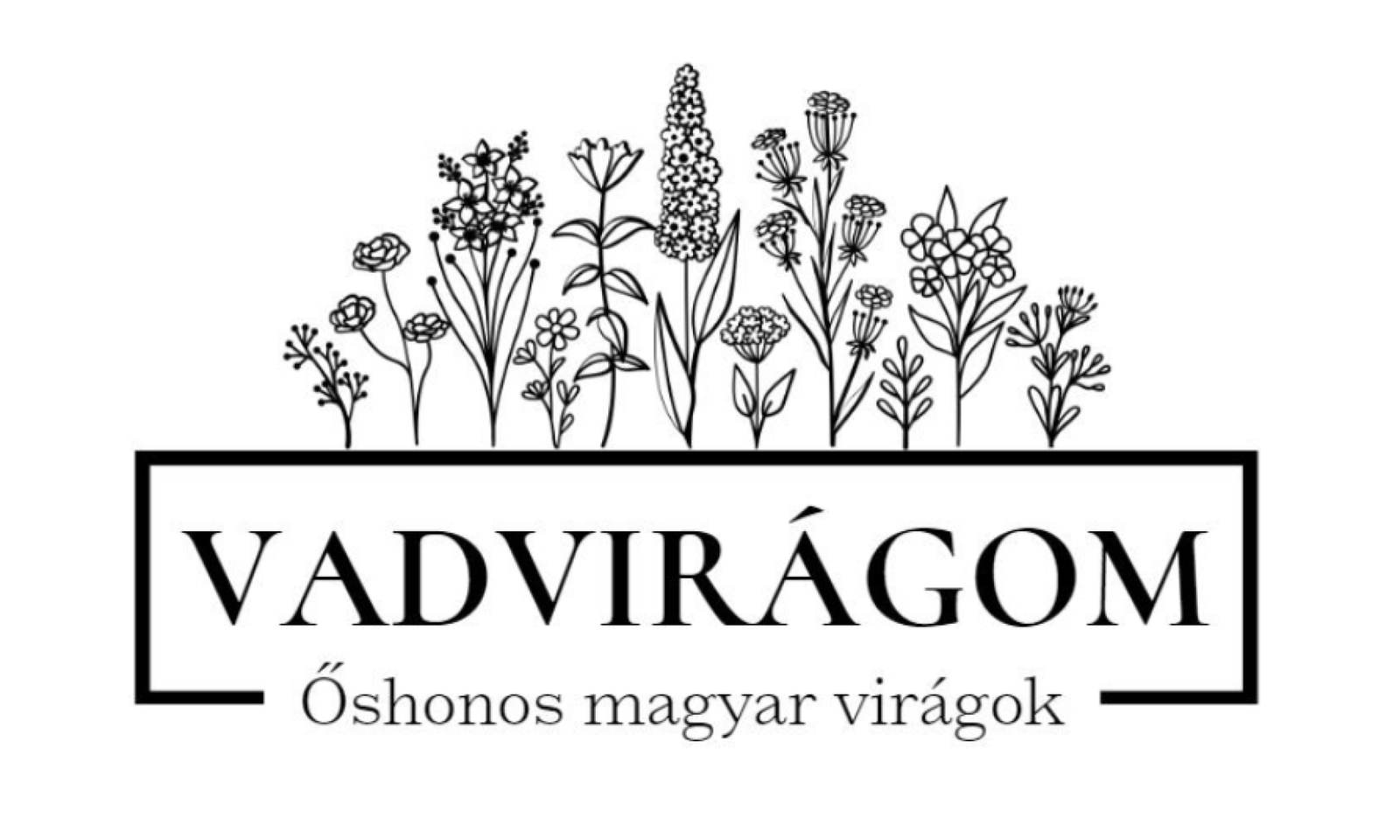

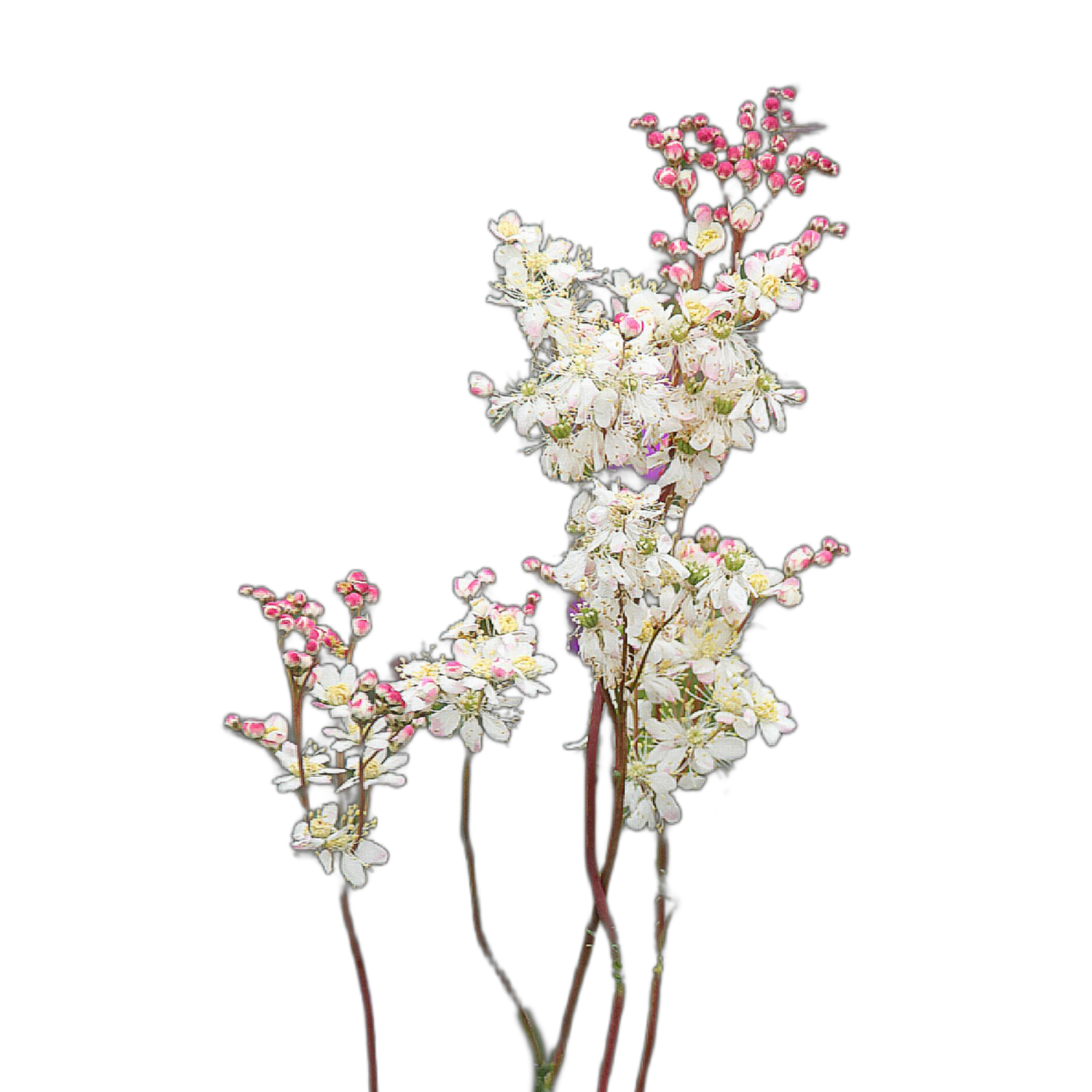
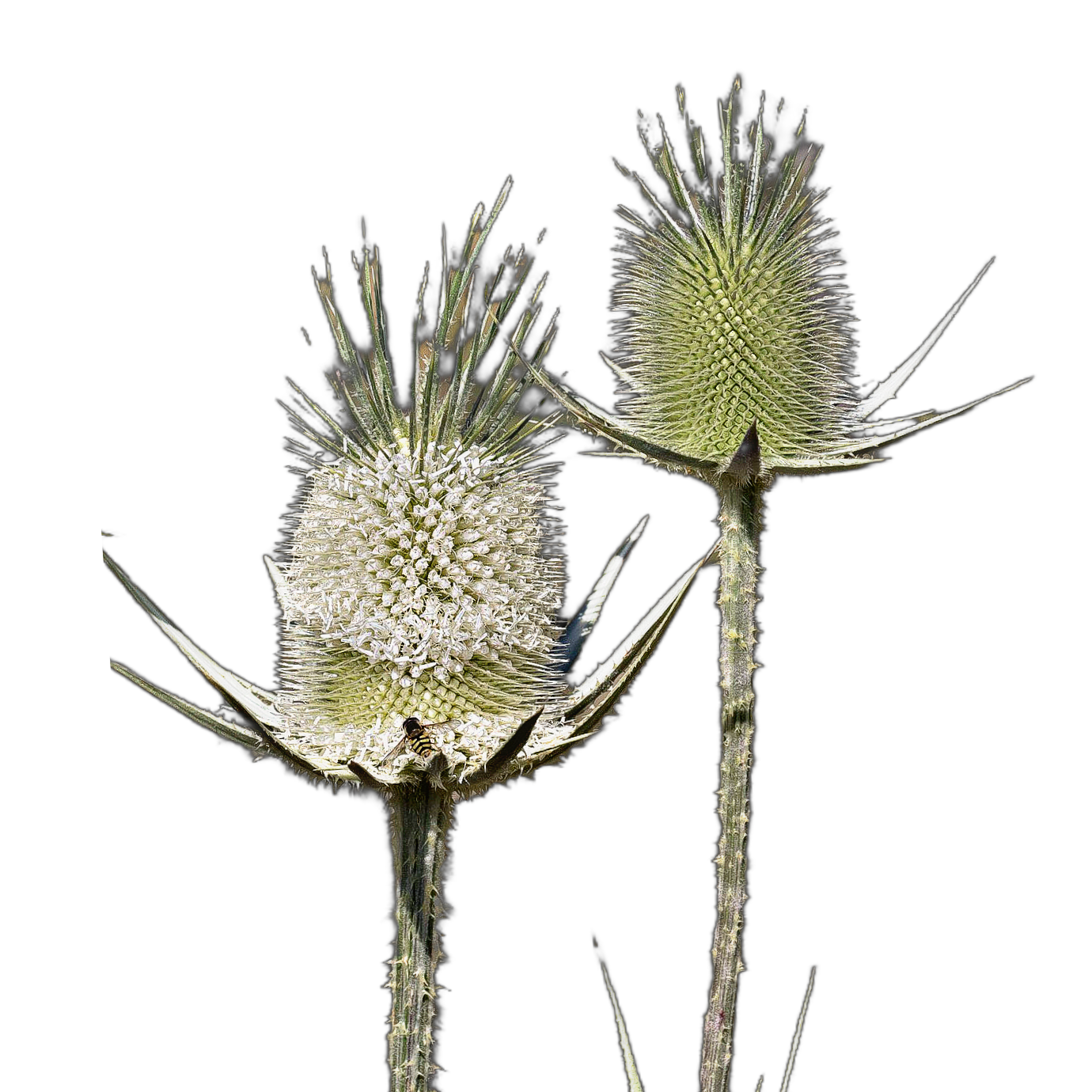
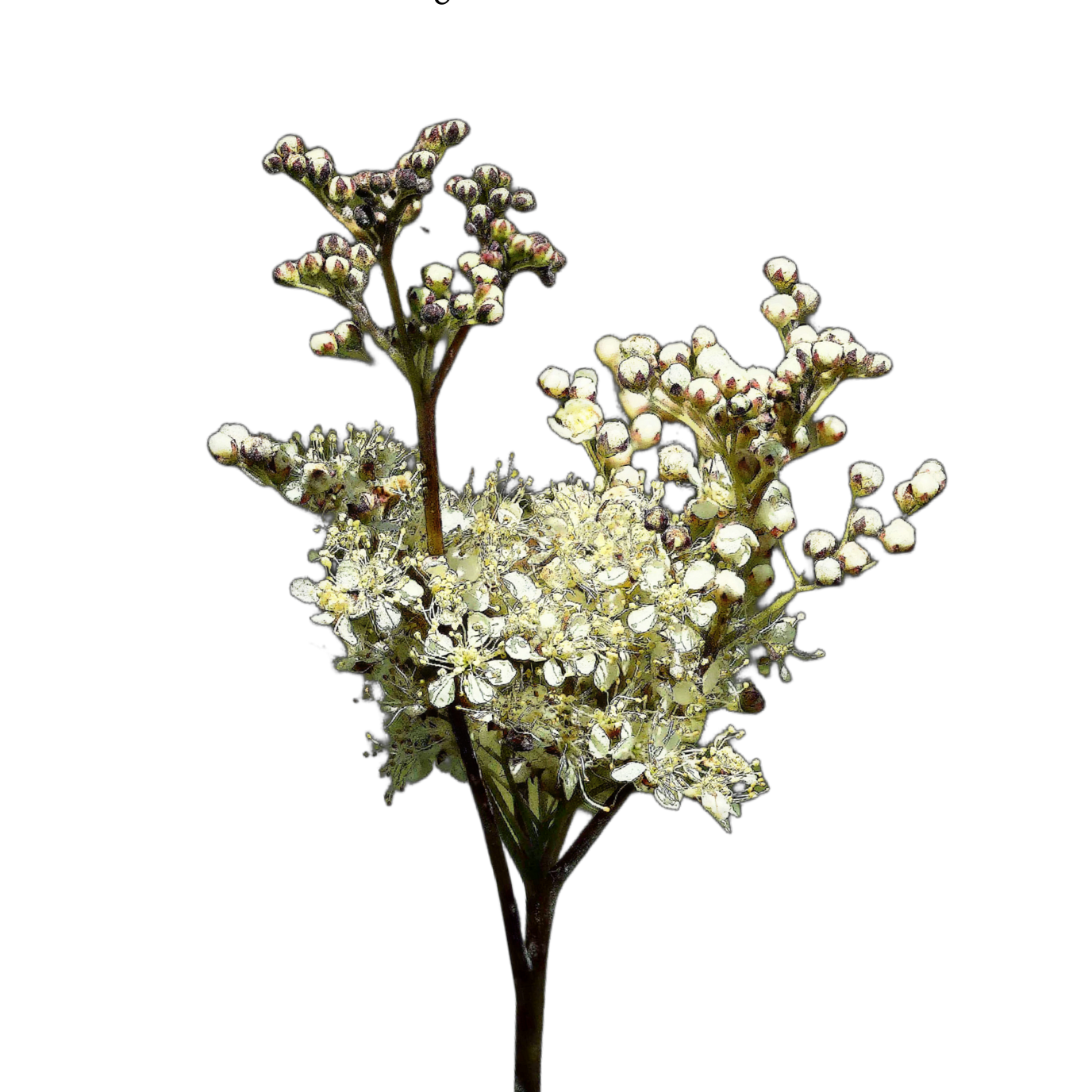
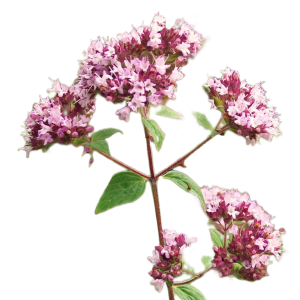
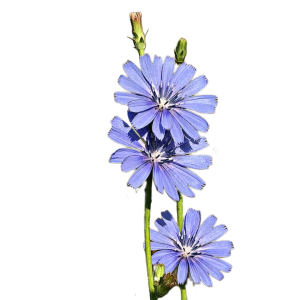

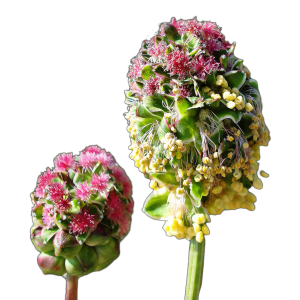
Reviews
No reviews yet.